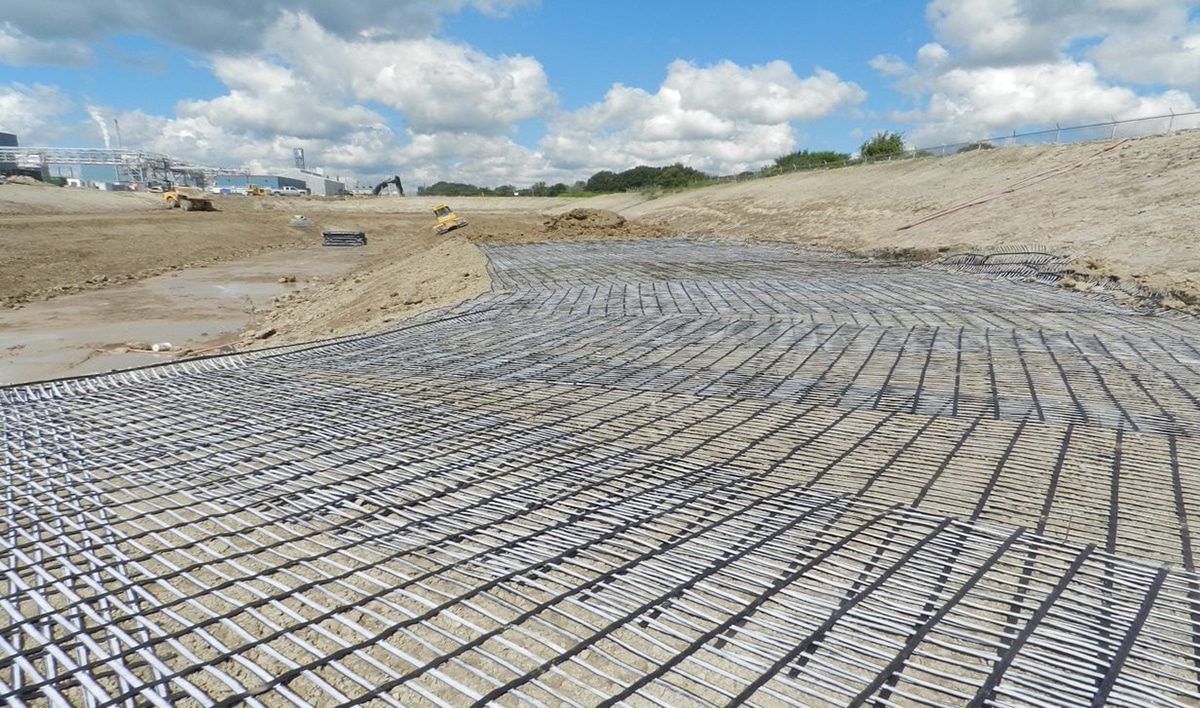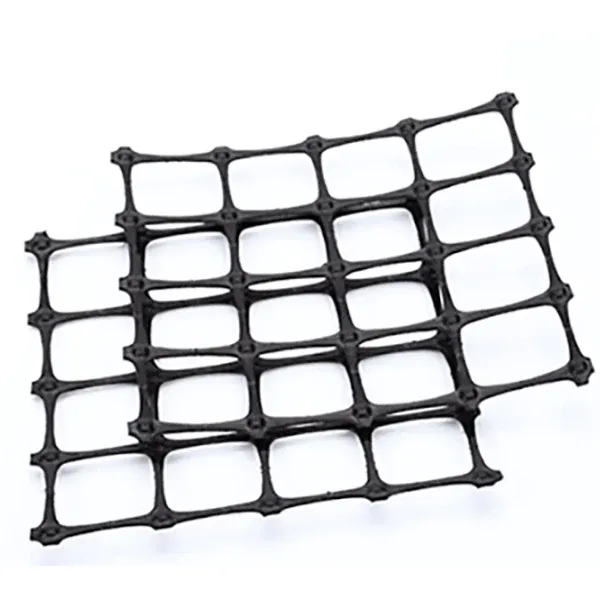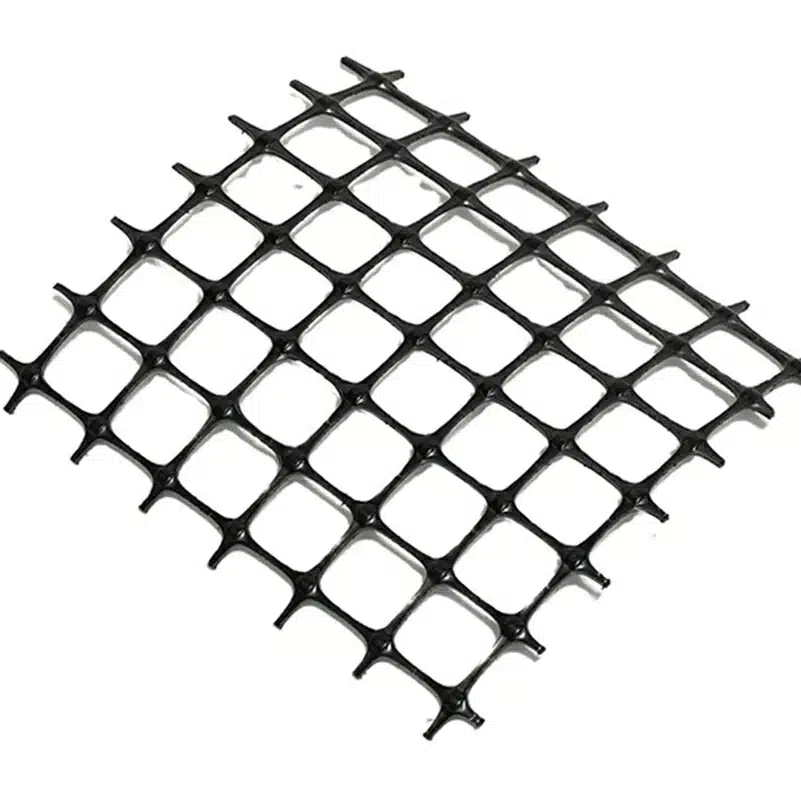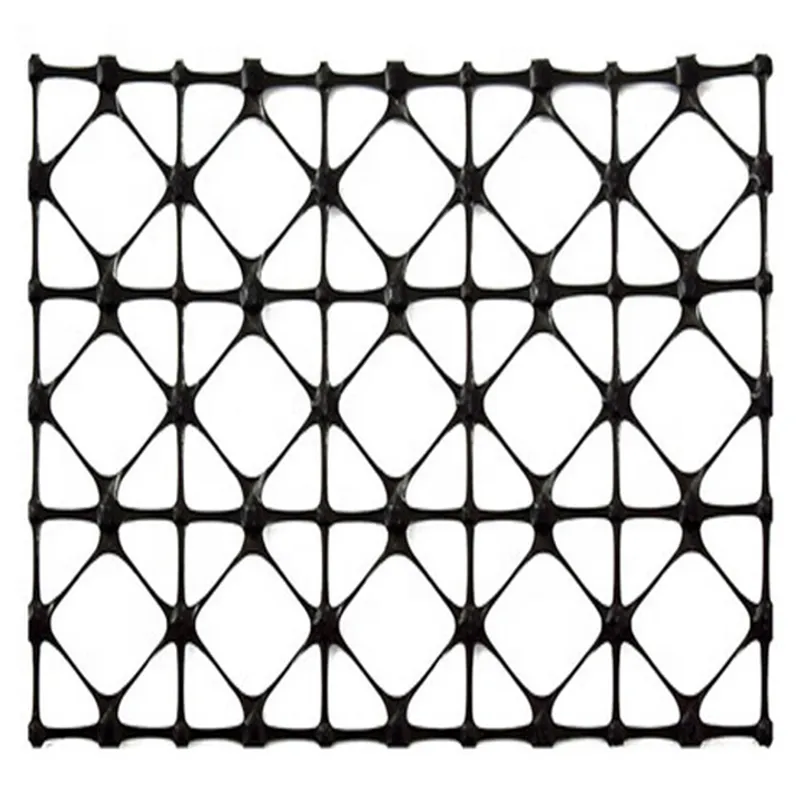Enhancing Stability and Sustainability: The Role of Geogrids in Retaining Wall Fencing
Retaining walls are essential in both urban and rural landscapes, providing critical support for soil at risk of erosion, supporting roads and pathways, and even adding aesthetic value to gardens and public spaces. A key innovation in the construction of these structures is the use of geogrids—a type of geosynthetic material designed to reinforce soil and enhance the stability and longevity of retaining walls. This article delves into the concept of geogrid fencing for retaining walls, addressing common questions about its use, functionality, environmental impact, and benefits.

Should I Use Geogrid for My Retaining Wall?
Yes, if you’re seeking to enhance the durability and stability of your retaining wall, incorporating geogrid can be an incredibly important step to creating a long-lasting retaining wall that’s functional and attractive. Using geogrid is highly recommended, as it is especially beneficial in areas with soft soils, steep slopes, or in situations where a higher level of performance from the retaining wall is required. Geogrids work by distributing loads more evenly and preventing soil movement, which can significantly extend the life of the structure.
How Does Geogrid Work in Retaining Walls?
Geogrids function by interlocking with the soil, creating a strong, cohesive unit that stabilizes the soil and so increases a wall system’s mass and stability. This interaction can resist lateral pressures and movements from behind the retaining wall. When a retaining wall is constructed with layers of geogrids integrated into its build, these geogrid layers act as a flexible skeleton that not only holds the soil in place but also allows for necessary drainage. This innovative approach prevents the wall from tipping forward or bulging, addressing a common issue faced by retaining walls that lack adequate reinforcement.

Is The Geogrid Environmentally Friendly?
Geogrids are designed with environmental considerations in mind. Most geogrids are made from high-density polyethylene (HDPE) or polyester, materials that are durable and have a long lifespan, reducing the need for frequent replacements. Additionally, the use of geogrids can contribute to greener construction practices by enabling the use of local soils, reducing the need for imported materials, and minimizing the carbon footprint associated with transportation. Importantly, integrating geogrids into projects can considerably reduce aggregate usage and minimize environmental impact, making them a more sustainable option for eco-conscious projects. Some geogrids are also recyclable, further enhancing their environmental benefits.
What Are the Benefits of Geogrids?
The benefits of incorporating geogrids into retaining wall construction are substantial, not only because of their impact on physical structures but also due to their inherent material properties. Geogrids offer good resistance against chemicals, and bacteria, and exhibit exceptional tensile strength, which further contributes to their effectiveness in various applications:
- Enhanced Stability: Geogrids increase the structural integrity and longevity of retaining walls. Their resistance to chemicals and bacteria ensures durability in diverse environmental conditions, while their tensile strength contributes to maintaining the structure’s shape and function over time.
- Cost-Efficiency: They can reduce the overall cost of construction by allowing the use of less expensive, locally sourced fill materials. The durability and strength of geogrids mean fewer repairs and replacements, translating into long-term savings.
- Flexibility: Geogrids can adapt to a wide range of soil types and conditions, making them suitable for diverse projects. Their resistance and strength ensure they perform well under various environmental stresses, providing reliable support regardless of the project’s location.
- Erosion Control: By securing the soil, geogrids also play a vital role in preventing erosion. Their strength helps in maintaining soil structure against water and wind erosion, preserving the landscape and the integrity of the retaining wall.
- Environmental Sustainability: Their use supports environmentally friendly construction practices by reducing carbon footprint and promoting material recyclability. The resistance of geogrids to chemicals and bacteria further ensures that they do not degrade into harmful substances, aligning with sustainable construction principles.
The integration of geogrid fencing in retaining wall construction offers a myriad of benefits, from enhanced stability and cost-efficiency to environmental sustainability. By understanding how geogrids work and their positive impact on both the environment and the structural integrity of retaining walls, it’s clear that they represent a significant advancement in civil engineering and sustainable construction practices. Whether you’re a professional in the field or a homeowner looking to improve your landscape, considering geogrids for your next retaining wall project could be a decision that offers long-term rewards.



Comments
Post a Comment